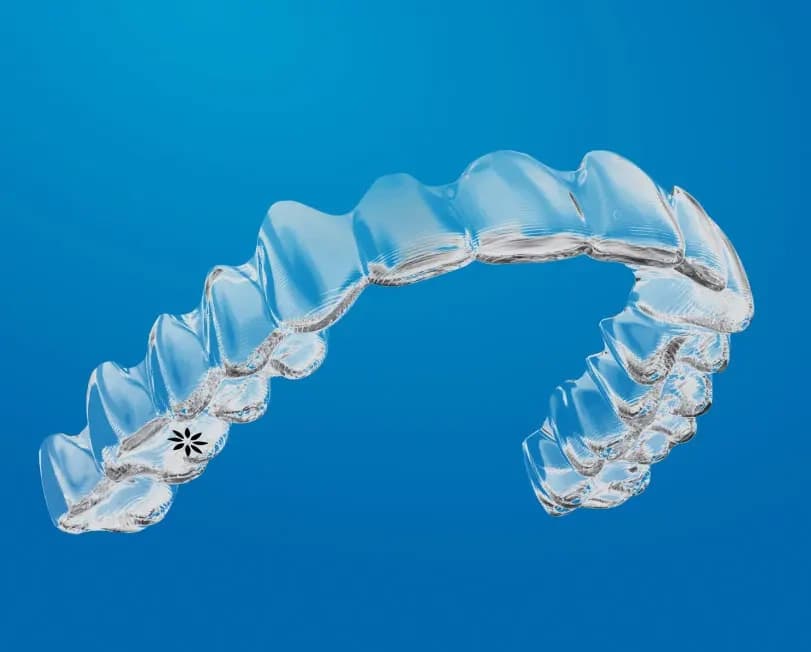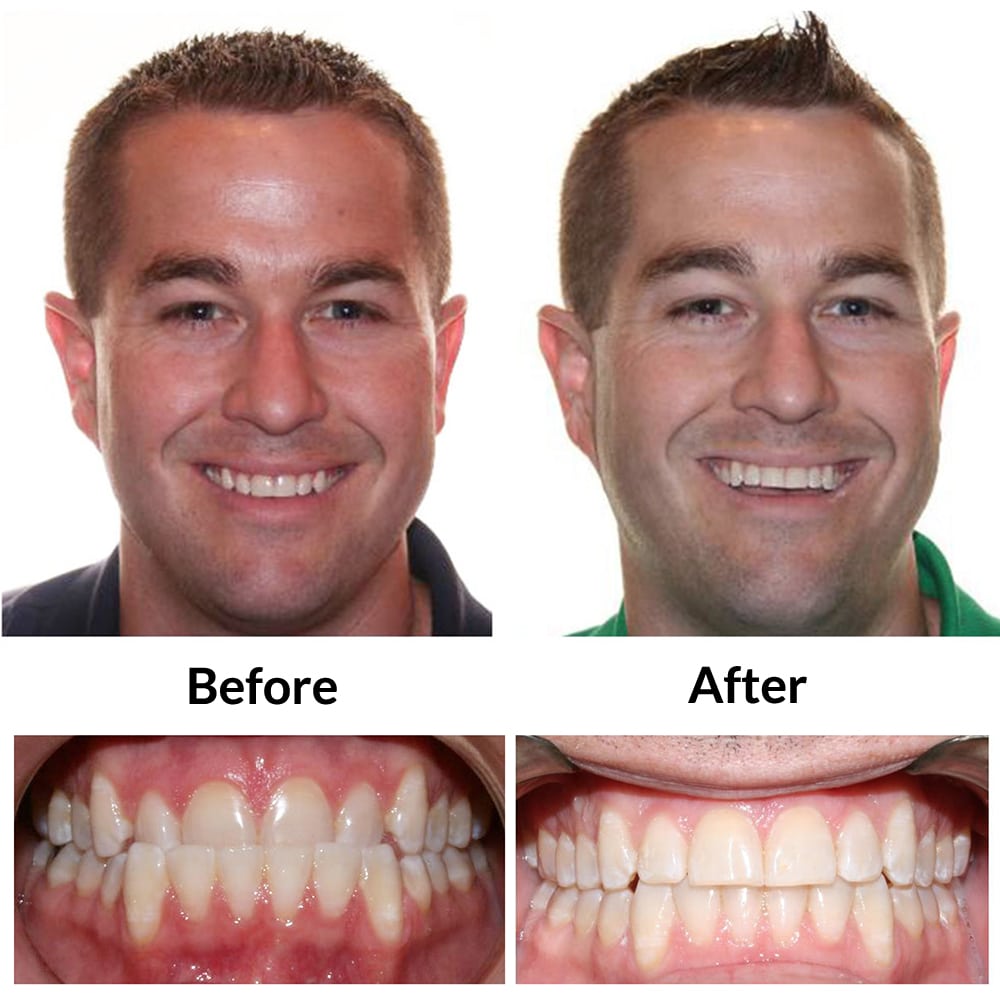How Invisalign Functions: Your Guide to Clear Aligners and Their Effectiveness
How Invisalign Functions: Your Guide to Clear Aligners and Their Effectiveness
Blog Article
Invisalign vs. Traditional Braces: Which Alternative Is Right for You?
When taking into consideration orthodontic therapy, the option between Invisalign and conventional braces provides numerous crucial factors that warrant mindful evaluation. Invisalign supplies a very discreet alternative with removable aligners, while typical braces give an extra visible yet reliable service for extreme imbalance.
Review of Therapy Alternatives

On the other hand, traditional dental braces include metal brackets and cables that are bonded to the teeth. This technique applies continual stress over time to achieve alignment. While reliable for complex orthodontic concerns, standard braces call for regular gos to for modifications and can present difficulties in maintaining dental health due to the problem of cleansing around braces and wires.
Both options have their merits, and the choice usually rests on specific oral conditions, way of life preferences, and person compliance. Eventually, speaking with an orthodontic specialist is critical for establishing one of the most appropriate treatment strategy tailored to individual requirements. Recognizing the subtleties of each alternative can substantially affect the general success of orthodontic therapy.
Aesthetic Factors To Consider
A considerable variable influencing the choice in between Invisalign and conventional dental braces is the aesthetic allure each treatment offers. Invisalign aligners are crafted from clear plastic, making them practically undetectable when put on. This very discreet look is particularly appealing to teenagers and adults who might feel awkward concerning their orthodontic therapy. The ability to keep an all-natural smile throughout the positioning procedure can significantly boost the person's self-confidence in professional and social setups.
In comparison, traditional dental braces are composed of metal brackets and wires, which can be more noticeable. While developments in orthodontic technology have actually resulted in the growth of smaller sized brackets and tinted elastics, conventional braces still maintain a more conspicuous profile. For some individuals, the exposure of dental braces might hinder them from looking for needed therapy.
Ultimately, the choice in between Invisalign and traditional dental braces may hinge on personal preferences relating to looks. Clients that focus on discernment usually favor Invisalign, while those that are much less concerned regarding presence may choose conventional dental braces. Understanding the visual ramifications of each choice is crucial for making an informed choice that lines up with one's way of life and choices.
Comfort and Convenience

In terms of convenience, Invisalign aligners are removable, making it possible for patients to appreciate their preferred foods without constraint and preserve ideal dental health. Brushing and flossing are streamlined, as the aligners can be secured throughout these regimens, whereas traditional dental braces need mindful navigating around cables and braces.
Additionally, Invisalign's modern system allows for less orthodontic check outs. Clients normally get multiple sets of aligners simultaneously, which can simplify the therapy procedure and decrease time spent in the orthodontist's chair. In comparison, traditional braces necessitate routine modifications, making them much less hassle-free for those with hectic routines. Invisalign. Overall, the convenience and benefit of Invisalign make it an enticing choice for numerous individuals looking for orthodontic therapy.
Treatment Period and Performance
While both Invisalign and traditional braces work in fixing oral misalignments, the duration of treatment can vary significantly between the 2 choices. Typically, Invisalign treatment can take anywhere from 12 to 18 months, depending on the intricacy of the instance. The clear aligners work by progressively changing teeth into their preferred positions, and normal follow-ups with an orthodontist aid ensure development continues to be on the right track.
On the other hand, traditional dental braces usually call for a longer commitment, typically ranging from 18 my company months to 3 years. This is due to their set nature and making use of cords and braces, which can be much more reliable for complicated pop over to this web-site cases and severe misalignments (Invisalign). The treatment performance of traditional dental braces is well-documented, as they permit specific adjustments and higher control over tooth movement
Eventually, the choice in between Invisalign and traditional braces might depend upon both the expected therapy period and the certain oral issues available. Consulting with an orthodontist is important, as they can provide tailored referrals based upon specific requirements, ensuring the selected technique lines up with preferred timeframes and results.
Price Contrast and Insurance Coverage Choices
Cost plays a considerable duty in the decision-making process for people taking into consideration orthodontic therapy, whether selecting Invisalign or traditional braces. Typically, the expense of Invisalign ranges from $3,000 to $8,000, while traditional braces commonly cost in between $2,000 and $6,000. Variables affecting these expenses include the complexity of the instance, the period of therapy, and geographical area.
Numerous dental insurance strategies offer partial coverage for orthodontic therapies, but the specifics can vary commonly. Generally, standard dental braces may be much more frequently covered by insurance coverage strategies compared to Invisalign, which some insurers categorize as a cosmetic treatment.
Furthermore, several orthodontic practices use flexible layaway plan, making both therapy choices more easily accessible. Patients should ask about prospective funding choices and discount rates for upfront payments. Reviewing the complete price, including insurance coverage benefits and payment strategies, is important for making an educated decision that straightens with both visual preferences and budget factors to consider.

Conclusion
In summary, the choice in between Invisalign and traditional dental braces depends upon numerous aspects, including visual preferences, comfort, treatment period, and expense. Invisalign uses a very discreet, removable choice that assists in dental health have a peek at this website and dietary versatility, while standard braces may be much more appropriate for intricate dental concerns and often come at a lower cost point. Ultimately, appointment with an orthodontist is necessary to analyze specific scenarios and figure out one of the most ideal therapy option for attaining optimal oral placement.
When thinking about orthodontic therapy, the choice in between Invisalign and traditional dental braces presents several vital elements that merit cautious examination.Comparing Invisalign and typical braces reveals distinctive therapy options for orthodontic adjustment.While both Invisalign and standard dental braces are reliable in fixing dental misalignments, the period of treatment can differ substantially in between the two options.Expense plays a significant function in the decision-making procedure for individuals thinking about orthodontic therapy, whether choosing for Invisalign or standard dental braces.In recap, the option in between Invisalign and standard dental braces pivots on numerous variables, including aesthetic preferences, comfort, treatment duration, and cost.
Report this page